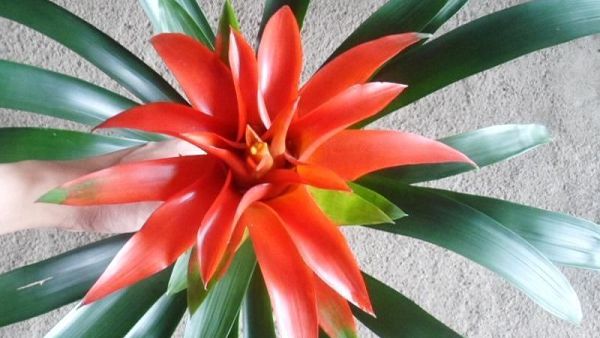What kind of soil does swallow palm grow with?

Swallow palm is a kind of evergreen succulent plant of Sedum family. Because of its strong ornamental, it is often planted as a potted plant, which can not only watch, but also decorate the home environment, but also improve the air, which is pleasing to the eye. Many potted friends confuse it with Yushu, but in fact they are not the same plant.
Although swallow palm and Yushu are both evergreen succulent plants of crassulaceae, they are similar in growth and growth habits, but they can be distinguished from their stems and leaves. Since the two have the same growth habits, the planting and breeding methods should be roughly the same.
Potted swallow palms can usually be planted in the soil where Yushu is raised. In the previous article, the editor mentioned many times that raising jade trees is suitable to use rotten leaf soil, river sand, vermiculite and other substrates to prepare mixed soil. In that case, potted swallow palms should also be more suitable to use such a substrate.
Of course, we can also use peat and perlite, or garden soil and river sand. As long as the matrix we provide is highly permeable, fertile and loose, and slightly acidic, it can often be used to raise swallow palms. Because the swallow palm of the basin soil requirements are not high, can meet these conditions.
Therefore, if garden soil and river sand are used, it is recommended to mix a little more rotten leaf soil or humus soil to increase the fertility of the soil, but also to increase the acidity of the substrate. Generally, it is more appropriate to control the ph value at around 6.5. This kind of soil is slightly acidic and can better promote the growth of swallow palms.
And precisely because the swallow palm and Yushu are very similar, have the same growth habits, and both belong to the Sedum family succulent plant, so many potted friends will intentionally or unintentionally raise both as a kind of plant. Although strictly speaking, the two are not the same plant, but in fact we can also raise them as two different varieties of the same plant.
Related
- Fuxing push coffee new agricultural production and marketing class: lack of small-scale processing plants
- Jujube rice field leisure farm deep ploughing Yilan for five years to create a space for organic food and play
- Nongyu Farm-A trial of organic papaya for brave women with advanced technology
- Four points for attention in the prevention and control of diseases and insect pests of edible fungi
- How to add nutrient solution to Edible Fungi
- Is there any good way to control edible fungus mites?
- Open Inoculation Technology of Edible Fungi
- Is there any clever way to use fertilizer for edible fungus in winter?
- What agents are used to kill the pathogens of edible fungi in the mushroom shed?
- Rapid drying of Edible Fungi



